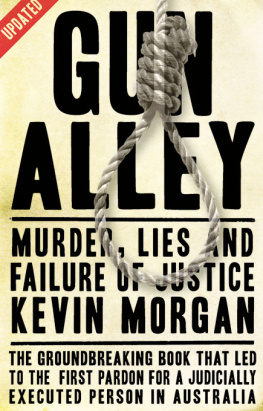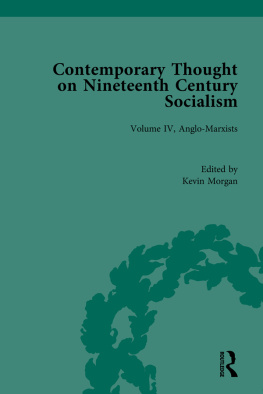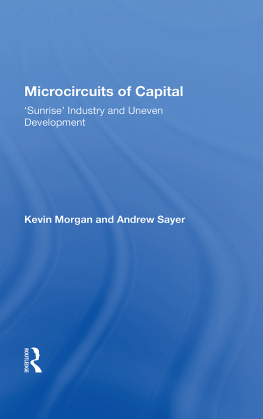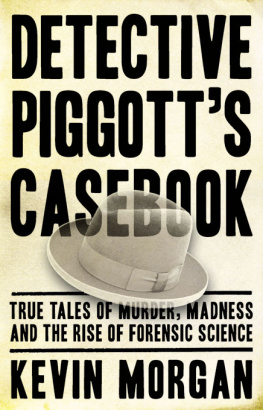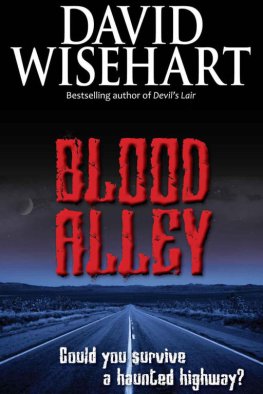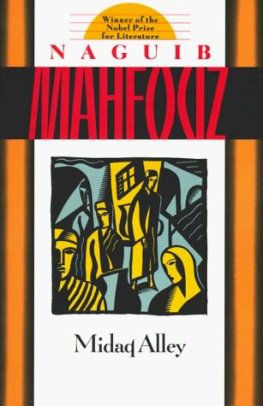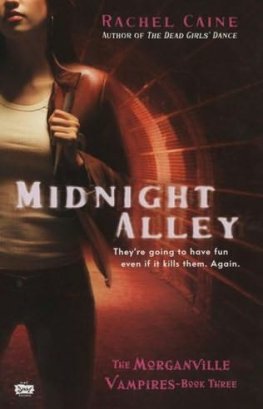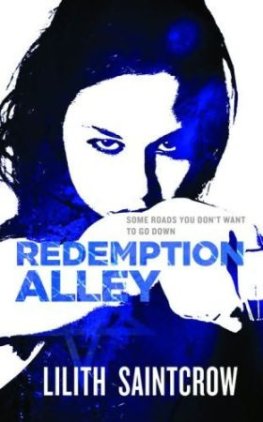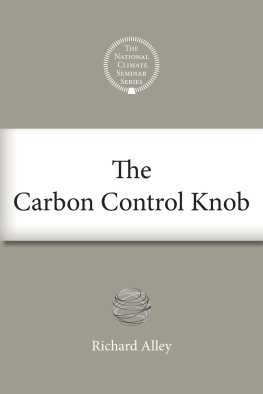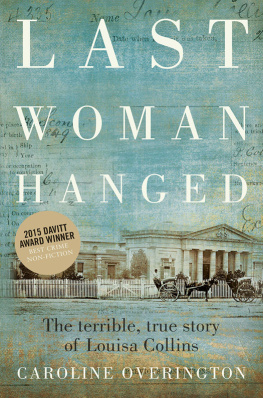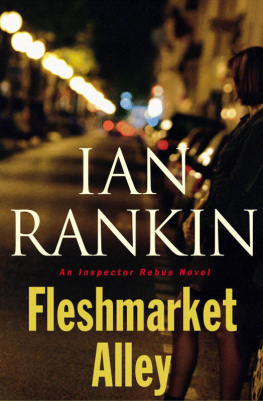
GUN
ALLEY
ABOUT THE AUTHOR

Kevin Morgan has worked variously as a photographer, author, teacher, librarian, historian and researcher. His other books include Detective Piggotts Casebooka companion volume to Gun Alleywhich documents a series of true crime investigations involving groundbreaking forensics; and XIX, a thesis on mortality and the problem of evil, particularly as it affects children. His photo-essay Holocaustic, exploring the fate of a Jewish child in the Third Reich, was exhibited to much acclaim at the Jewish Museum of Australia. Kevin lives in Melbourne with his wife, Linda.

Published in 2012 by Hardie Grant Books
Hardie Grant Books (Australia)
Ground Floor, Building 1
658 Church Street
Richmond, Victoria 3121
www.hardiegrant.com.au
Hardie Grant Books (UK)
Dudley House, North Suite
3435 Southampton Street
London WC2E 7HF
www.hardiegrant.co.uk
All rights reserved. No part of this publication may be reproduced, stored in a retrieval system or transmitted in any form by any means, electronic, mechanical, photocopying, recording or otherwise, without the prior written permission of the publishers and copyright holders.
The moral rights of the author have been asserted.
Copyright Kevin J Morgan 2012
National Library of Australia Cataloguing-in-Publication data
Morgan, Kevin John, 1956
Gun Alley : murder, lies and failure of justice / Kevin J Morgan.
2nd ed.
eISBN 9781742738154
Tirtschke, Alma.
Ross, Colin Campbell.
Blackman, Charles, 1928
MurderInvestigationVictoriaMelbourne.
Forensic sciencesVictoriaMelbourne.
Trials (Murder)VictoriaMelbourne.
364.1523099451
Cover design by Peter Long
Text design by Patrick Cannon
Internal diagrams by Ian Faulkner
Excerpts from Crime Chemist: The Life Story of Charles Anthony Taylor,Scientist for the Crown, published by John Long, reprinted by permission of The Random House Group Ltd
For Linda


T HIS book would not have eventuated without the commitment and giftedness of two remarkable women: my wife, Linda Tarraran, who contributed research assistance, encouragement and advice at every level; and Lucy Sussex, who unstintingly applied her wealth of editing expertise.
Linda and I extend particular thanks to lawyers Ian Hill QC and Tony Hargreaves, who devoted countless hours over many years to advising and guiding us in preparing the historic and successful petition for mercy in this case. We also thank Professor James Robertson, former Director of Forensic Services, Australian Federal Police, and now Director of the National Centre for Forensic Studies, University of Canberra, for his contribution to this historic outcome and for kind permission to reproduce his illustrated report on the Ross case exhibits.
I am also grateful to Hardie Grant Books for its commitment to the Gun Alley story, and in particular thank my commissioning editor, Sharon Mullins, for her valuable editorial support, and text editor Jane Thompson, for her constructive suggestions and close attention to detail.
At the State Library of Victoria I am grateful to Shelley Roberts and Margot Jones for their belief in the importance of this book and their enthusiasm for seeing it returned to print.
For the courage and generosity of the families most affected by the Gun Alley tragedythe relatives of Alma Tirtschke, Colin Ross, Frederick Piggott, TC Brennan and NH Sonenbergin granting me interviews and providing assistance without reservation, I extend my sincere thanks.
My thanks to many others who gave their time for interviews, especially Almas former schoolfriends Aggie Reid and Reg Allen, and the former colleagues and associates of superintendents Piggott and Brophy: Fred Hobley, HR (Bill) Donelly, George A Newton and Jim Rosengren.
At the Victorian Institute of Forensic Medicine, I am grateful for the support of the Director, Professor Stephen M Cordner; the Deputy Director, Professor David Ranson; the Head of Scientific Services, Professor Olaf Drummer; former Manager of Molecular Biology Dr Bentley Atchison, and current manager Dr Dadna Hartman; and to Senior Scientist April Smith. Neither do I forget the kind assistance rendered by Helen McKelvie and Fiona Leahy. For helpful advice and support, my sincere thanks also to Dr Rosetta Marotta of the Department of Clinical Neurosciences at St Vincents Hospital, Melbourne. At the Victoria Police Forensic Science Centre I am grateful to Dr Roland van Oorschot, Maxwell Jones and Jane Taupin for advice and guidance. For his helpful comments, I thank Dr Vernon D Plueckhahn.
At the Victorian Coroners Office, my thanks to State Coroner Judge Jennifer Coate for granting access to important documents. I also thank Dheepna Benoit and David Whelan for their efficient administrative assistance.
At the Victorian Office of Public Prosecutions, I thank particularly former directors Bernard Bongiorno, Geoffrey Flatman and Paul Coghlan. Many thanks also to Peter Wood, Bruce Gardner, Michael Carter, Ken Dickson and Adrian Bendeler.
At the Department of Planning and Community Development, I gratefully acknowledge Heritage Victorias Senior Archaeologist Jeremy Smith for valuable information relating to the excavation of executed prisoners graves at the decommissioned Pentridge Prison.
I thank former Director and Keeper of Public Records Ross Gibbs for the support of Public Record Office Victoria, and I particularly acknowledge the considerable assistance of Mike Tinsley, Ian MacFarlane, Charlie Farrugia and James McKinnon.
At the Victoria Police Historical Unit, I thank former manager Peter Free and his colleagues Martin Powell and Brian Hodge for making the units many valuable resources available for my study.
I gratefully acknowledge the assistance of James Butler, Supreme Court Librarian; and David Hassett, Librarian, Melbourne City Council. In addition I acknowledge the courteous assistance of reference staff at both the State Library of Victoria and Australian Archives.
At the National Trust of Australia (Victoria) I owe a debt of thanks to Amanda Baker, Diane Gardiner and Richard Berman-Hardman for their boundless encouragement over many years and for access to important resources, including especially the Old Melbourne Gaol itself.
For their support in drawing community attention to the injustices of the Gun Alley story, I thank Deborah Fleming and Brigid Donovan of ABC TVs Australian Story and at the Age I am especially grateful to Saturday Editor Steve Foley and his senior reporting team.
During the 12 years it took to research and write this book, I received practical assistance from many generous people. I especially thank John Bryson, Tim Costello, John Smallwood, Gary Presland, Helen Harris, Colleen Woolley, Don Treble, Ken Allan, Alan Elliott, David Holland, Brian Quirk and Trevor McCandless.
CONTENTS

I T is New Years Eve, 1921, the city of Melbourne, early morning. Errington the scavenger stands at the corner of Coromandel Place holding two sacks of bottles. He has sent his 11-year-old daughter Eva to have a look in a nearby easement. She comes back with a brown lager bottle.
Next page
